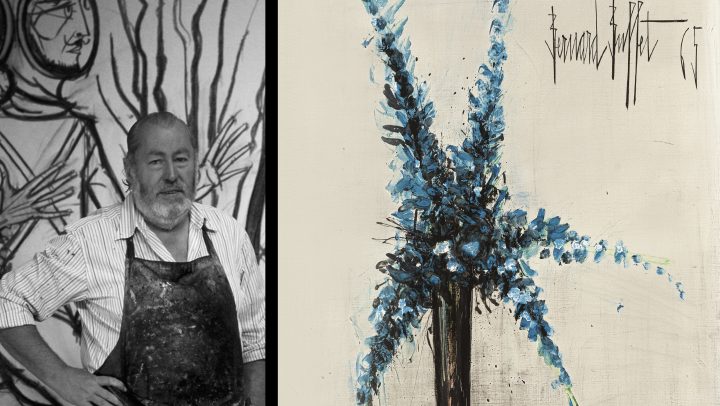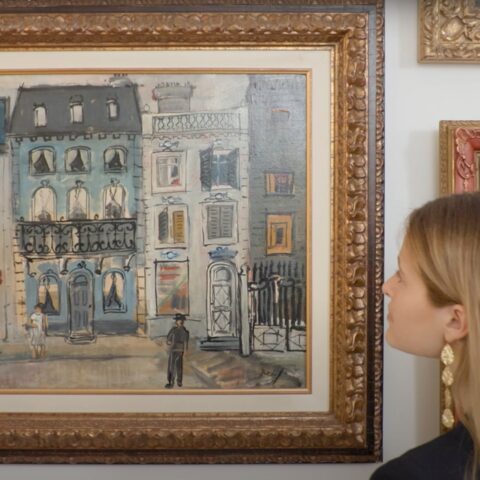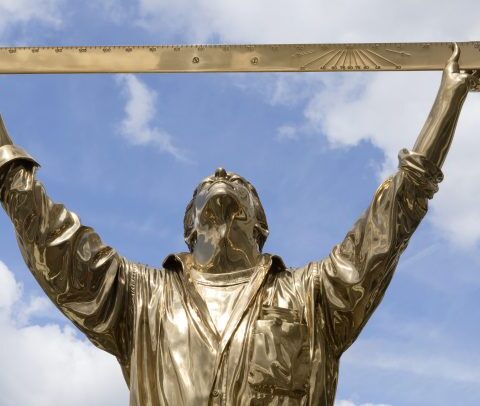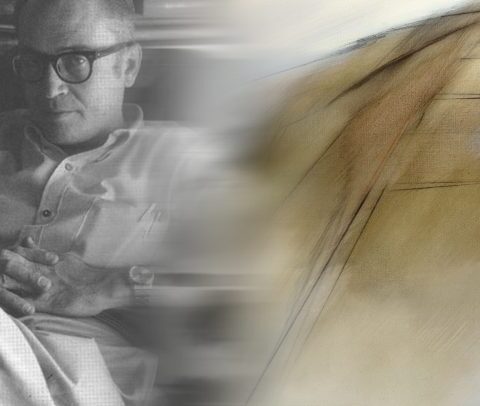In a post-war artistic context in which artistic practice was torn between figuration and abstraction, the French painter Bernard Buffet rose to fame at the age of 19 thanks to a completely unique and personal style that gave us one of the most fascinating pictorial works of the last century.
The fame he achieved until he became one of the most successful French artists of the time is due, in part, to the unconditional support he received from such prominent figures in the art world, as his protector Pierre Bergé, Jean Cocteau, Maurice Granier (owner of the Visconti Gallery) or one of the most renowned French Ministers of Culture that France has ever had, André Malraux.

Considered by many as the last great painter of Paris, Buffet renewed the stylistic and formal repertoire, immersing himself in his own path of existentialist inspiration, alien to any prevailing fashion and current. In fact, if there is a movement with which we can relate Buffet’s painting it would be that of the philosophical current of miserabilism, whose thought in the wake of existentialism, led by Sartre and Camus, was developed during the nineteenth century as a reaction to the unfulfilled promises of socialist utopias. Thus, miserabilism, as an artistic current, translated into an art that painted human misery in a sublimated form.
In this sense, the human tragedy that Buffet symbolized through figures, landscapes or still lifes of flowers such as the one presented here, will be completely determined by the horrors of war and the death of his mother. Dominated by a deliberately angular graphics and a thick line stroke that he subjected to a process of geometrization and stylization, Buffet managed to transfer to the canvas the deep state of melancholy in which he found himself. In addition, the austere color palette and the absence of any superfluous element will increase the unpleasant atmosphere of his still lifes, symbolically expressing the state of uneasiness that prevailed in occupied France.
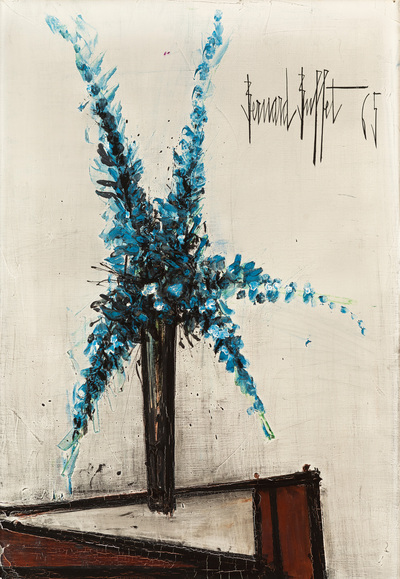
His style, quickly recognizable, contributed to the brilliant success of the painter, whose prestige and quotation, far from decreasing, has been maintained to this day thanks, in part, to monographic exhibitions that, like the one dedicated to him at the Pompidou Center in Paris in 2017, have contributed to the revaluation of his work.

